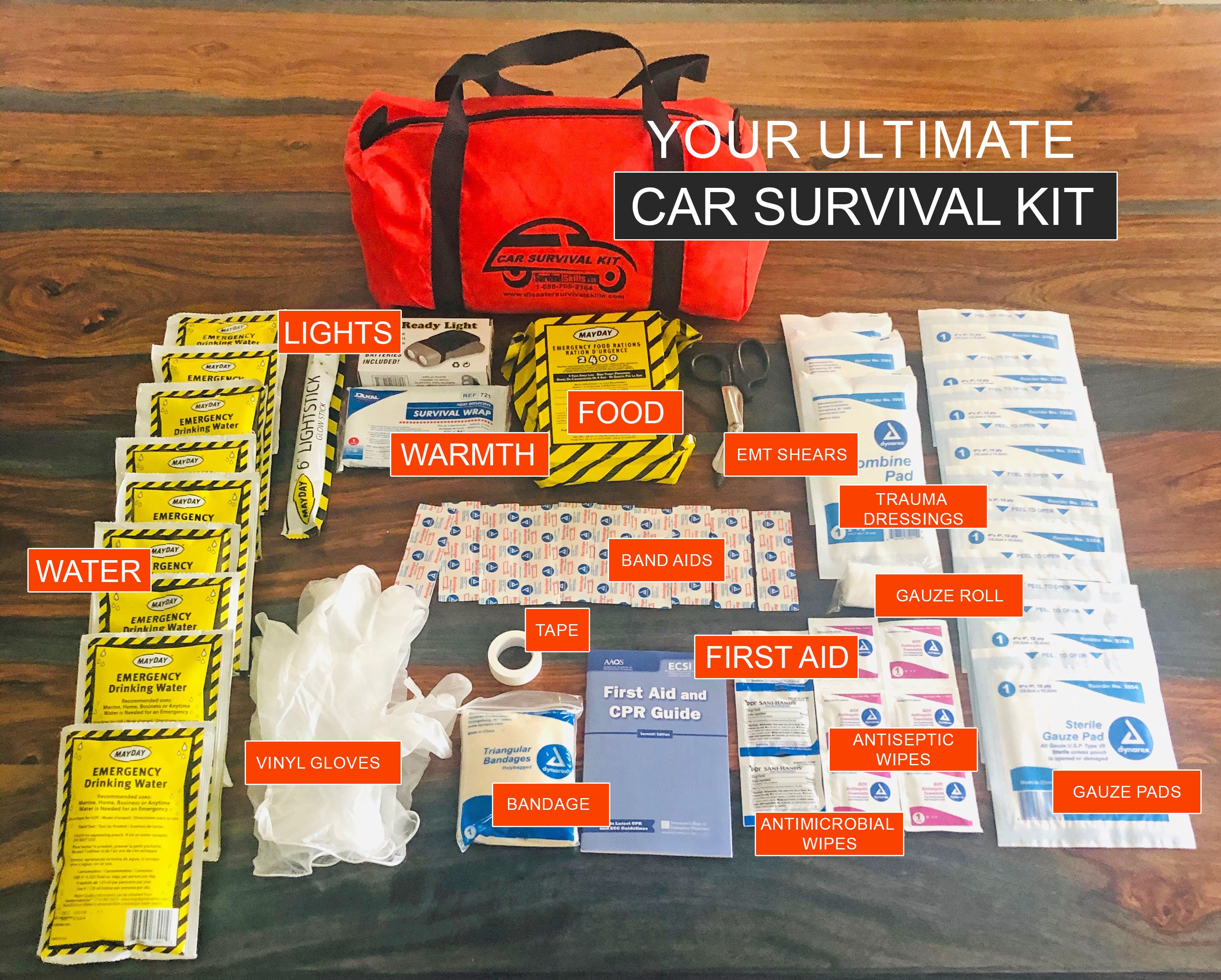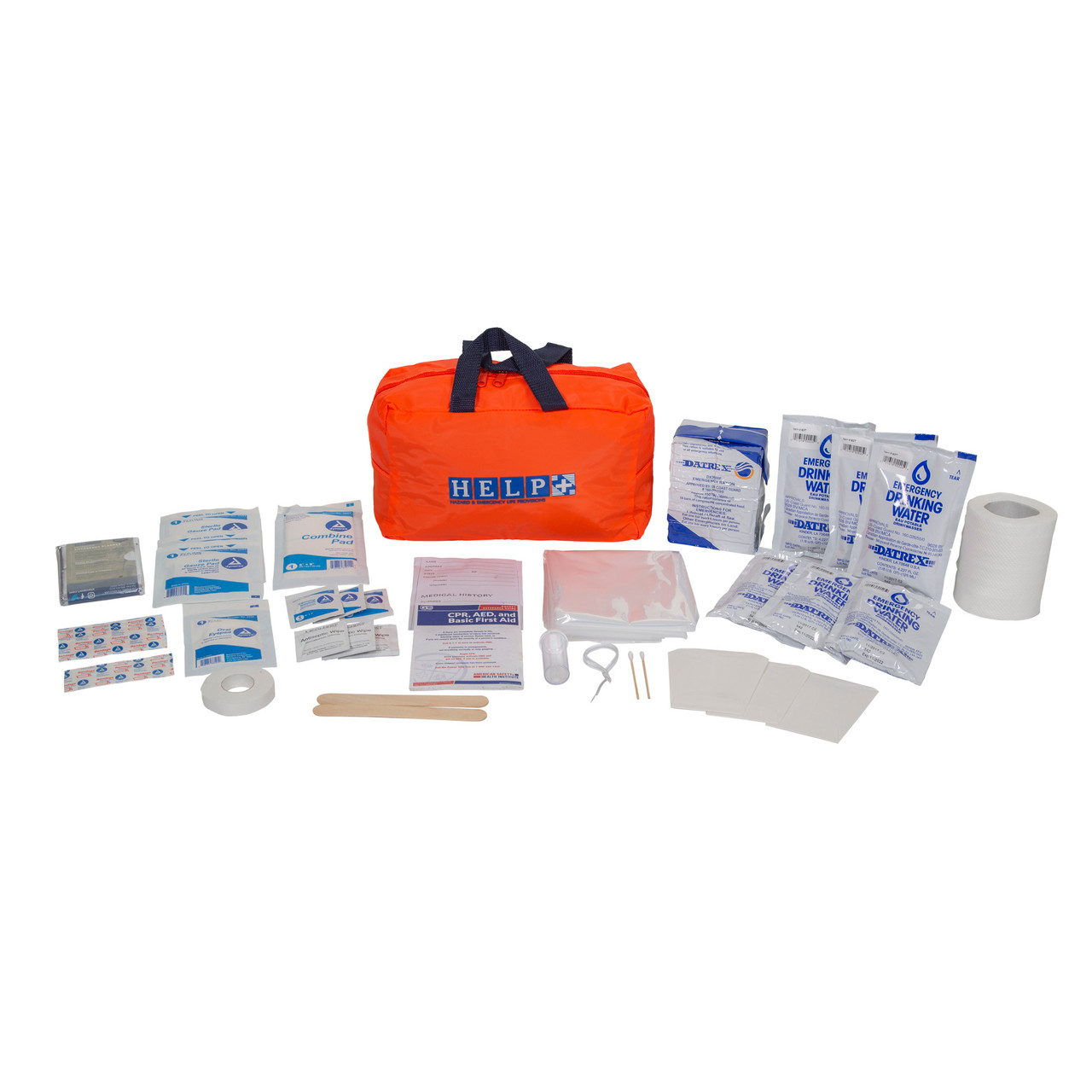Necessary Emergency Situation Preparedness Tips for Survival
From assembling a fully equipped emergency situation set to developing clear communication networks and evacuation paths, there are several vital steps that can make a considerable distinction in the face of hardship. By proactively resolving these key facets of emergency preparedness, you can dramatically enhance your possibilities of survival in tough circumstances (EMERGENCY PREPAREDNESS).
Building an Emergency Situation Package

Beginning by consisting of non-perishable food products like canned products, granola bars, and dried fruits that have a long life span and do not require food preparation. Keep in mind to pack a manual can opener. Additionally, shop at the very least one gallon of water per individual each day for a minimum of three days in sturdy containers.
Standard initial help materials are essential. Include things such as glue plasters, antibacterial wipes, pain reducers, and any type of needed prescription medications. A flashlight with extra batteries, a multi-tool, and a whistle need to additionally be in your kit. Maintain copies of important records like identification documents, insurance coverage policies, and emergency situation contact details in a waterproof container. By assembling a well-balanced emergency situation set, you can better prepare on your own for unexpected occasions and enhance your opportunities of staying secure during a situation.
Developing a Communication Plan
Assembling an emergency package with important products establishes a solid foundation for readiness; currently, turning to the advancement of an interaction strategy is crucial for making sure reliable coordination and information dissemination throughout times of situation. A well-thought-out communication plan is necessary for maintaining individuals informed, connected, and risk-free in emergency situation scenarios. Beginning by developing a chain of communication that includes relative, neighbors, and appropriate authorities. Make sure that every person recognizes just how to get to each various other and designate an out-of-town contact as a central point for information sharing. Utilize multiple communication methods such as text, telephone call, social media, and emergency alert systems to ensure information reaches everybody without delay. Exercise your interaction strategy regularly to make certain everybody understands their responsibilities and duties. In addition, take into consideration elements like language obstacles, accessibility demands, and technical constraints when establishing your communication strategy. An effective interaction strategy can make a considerable difference in taking care of emergency situations effectively and protecting the well-being of all entailed.

Establishing Emptying Courses
To guarantee efficient emergency situation reaction and precaution, developing clear evacuation routes is vital in readiness planning. Evacuation paths ought to be predetermined and interacted to all people in a provided location to guarantee a swift and arranged discharge in times of crisis. When establishing emptying paths, it is important to think about several alternatives to make up various circumstances, such as fires, floodings, or various other emergencies that may block primary escape routes.
The selected emptying paths must cause marked secure locations where people can look for sanctuary and wait for additional guidelines or aid (visit this web-site). These courses should be well-marked and conveniently accessible, thinking about the requirements of all people, including those with specials needs or mobility restrictions. Normal drills and practice runs along these emptying paths can aid familiarize people with the getaway courses and make certain a more efficient emptying procedure throughout real emergencies
Along with physical emptying paths, it is critical to have alternative communication techniques in location to relay emptying guidelines and updates properly. By developing and routinely evaluating emptying paths, neighborhoods can improve their general emergency situation readiness and feedback capacities.
Understanding Basic First Aid
One basic element of emergency preparedness is getting expertise in fundamental emergency treatment procedures. In times of situation or catastrophe, being able to provide instant medical support can make a substantial distinction in saving lives. Learning fundamental emergency treatment equips individuals with the abilities to examine and respond to usual injuries and medical emergencies successfully.
Basic emergency treatment training generally covers essential strategies such as CPR, injury care, bandaging, splinting, and identifying indications of shock or respiratory distress. the original source. Recognizing just how to carry out these standard treatments properly read the article can stabilize a person's problem till expert medical help arrives
Moreover, having a standard emergency treatment kit readily offered is vital in emergency situation situations. The kit needs to include vital supplies like plasters, antibacterial wipes, gauze pads, sticky tape, scissors, tweezers, and gloves. Understanding how to utilize these products correctly can prevent infections, quit bleeding, and offer comfort to those in demand.
Protecting Important Records

Final Thought
In conclusion, being planned for emergencies is critical for survival. Developing an emergency set, developing an interaction strategy, developing discharge courses, finding out fundamental emergency treatment, and safeguarding essential records are important actions to take. By being positive and taking these measures, individuals can raise their chances of remaining safe and being able to browse through unforeseen scenarios efficiently. It is vital to prioritize emergency situation readiness to guarantee readiness for any kind of possible dilemmas that may develop. EMERGENCY PREPAREDNESS.
From assembling a fully equipped emergency set to developing clear interaction networks and emptying paths, there are numerous critical actions that can make a substantial distinction in the face of difficulty.To ensure effective emergency situation response and safety measures, developing clear discharge courses is extremely important in readiness preparation. When developing discharge paths, it is necessary to think about several choices to account for different scenarios, such as fires, floodings, or various other emergency situations that might block primary escape courses.
Normal drills and method runs along these emptying routes can aid acquaint individuals with the getaway paths and make sure a more reliable discharge process during real emergency situations.
Developing an emergency package, establishing a communication strategy, developing evacuation courses, discovering fundamental first help, and protecting important records are necessary steps to take.